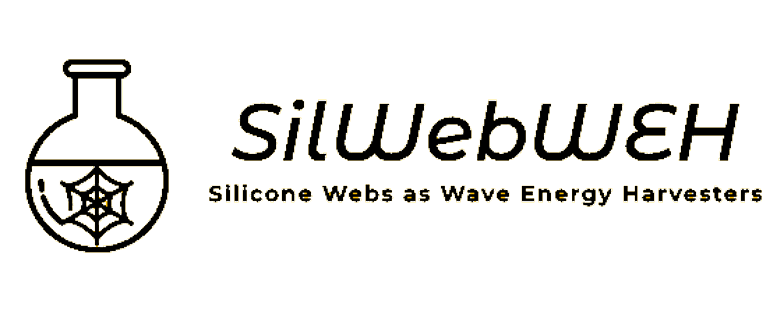| Research idea through motivation | |
|
|
Renewable technologies began to develop rapidly after the 1973 oil crisis, converting various types of energy, such as wind and ocean into electricity. The most studied technologies regarding Ocean Energy Harvesting are wave energy converters (WEC). The WEC technology gained great attention and the research community developed different devices, like Oscillating Water Columns (OWC). To be able to convert Ocean Energy to useful electrical energy all WEC possess a power take-off (PTO) system. In the case of OWC is the air turbine, and difficulties encountered are the complexity of the mechanical parts, susceptibility to corrosion, high costs, deploying and maintaining. Ocean Energy Harvesting using Dielectric Elastomers (DE) as power take-off (PTO) systems is a relatively new technology with great potential [1-6] aiming to reduce the main drawbacks of classic technologies (e.g. onshore oscillating water columns with turbines). Basically, energy harvesting using dielectric elastomers aims to replace the classic wave energy converter (air turbine) systems with a polymer-based one. The polymeric-based PTO system is a stretchable dielectric elastomer coated on both sides with compliant electrodes, thus forming a variable capacitor capable of converting mechanical energy into electric energy [7]. Recently (2019) a polymeric-based PTO with two polymeric layers (approximately 20 cm in diameter) gave a remarkable average performance of 3.8 W at small-scale (Flowave tank in Edinburgh), corresponding to hundreds of kilowatts at full-scale [8]. The obtained results demonstrated the possibility of designing dielectric elastomer-based PTO systems that can be considered for large-scale electrical energy production.
Silicone-based elastomers represent one of the most studied class in polymeric-based PTO systems, due to their properties: high flexibility, low toxicity, resistance to weathering, good dielectric strength and operating on various temperatures (-120 to 200 ℃). The polar nature of the siloxane bond is a premise for good dielectric properties, but the methyl groups hinder the Si-O dipoles to approach each other, thus they possess a low dielectric permittivity, which is still the main disadvantage along with tensile strength. The main aim is to increase the conversion efficiency of silicone-based PTO by increasing the tensile strength and the dielectric permittivity of silicone elastomers in an original approach which consists in obtaining new interpenetrated polymer networks (IPNs) mimicking at a molecular level the spider webs due to the chosen crosslinking pathways. The remarkable mechanical resistance of the spider web lies not only in the chemistry of the intertwined strands but also in its unique geometry [9], architecture adapted by the proposed polymeric networks.
References
1. Thomson, G., Lai, Z., Val, D. V., Yurchenko, D., J. Sound Vib., 442, 167–182 (2019).
2. Moretti, G., Papini, G. P. R., Righi, M., Forehand, D., Ingram, D., Vertechy, R., Fontana, M., Smart Mater. Struct., 3, 27 (2018).
3. Fan, P., Chen, H., Polymers, 12, 10 (2018).
4. Ikegame, T., Takagi, K., Ito, T., Kojima, H., Yoshikawa, H., Electroact. Polym. Actuators Devices, 10163, 1016331 (2017)
5. Cao, J. B., Shi-Ju, E., Guo, Z., Gao, Z., Luo, H. P., AIP Adv., 11, 7 (2017).
6. Moretti, G., Papini, G. P. R., Daniele, L., Forehand, D., Ingram, D., Vertechy, R., Fontana, M., Proc. R. Soc. A Math. Phys. Eng. Sci., 475, 20180566 (2019).
7. Pelrine, R., Kornbluh, R. Proc. of SPIE., 4329, 148–156 (2001)
8. Solar China, L. Polycrystaline Solar Module.
9. Cranford, S. W., Tarakanova, A., Pugno, N. M., Buehler, M. J., Nature, 482, 72–76 (2012)
